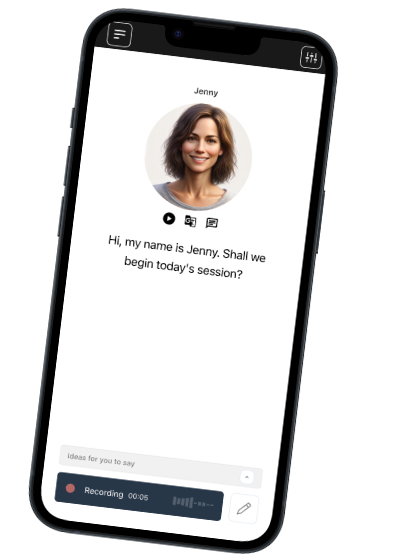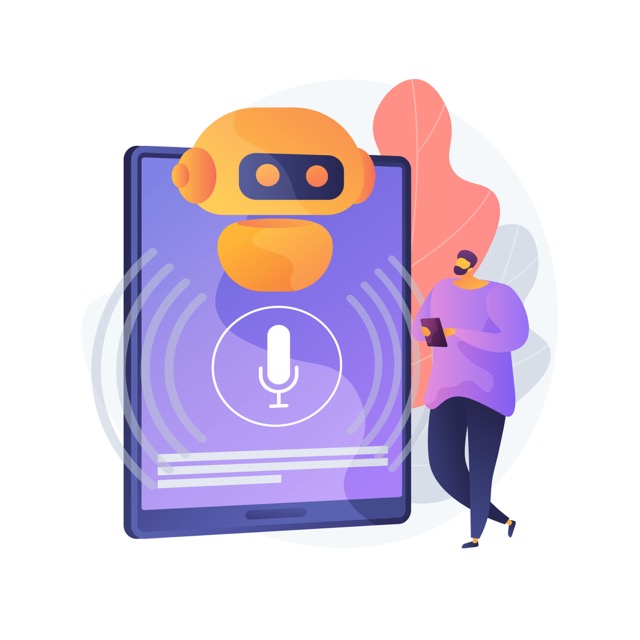Founded in Denmark. We respect your privacy.
Join a worldwide community of language learners
How to Avoid the Most Common Mistakes in Brazilian Portuguese
Last updated on
Did you know Portuguese ranks as the seventh most spoken language worldwide, with Brazil at its vibrant heart?
Brazilian Portuguese is melodious, expressive, and spoken by millions, making it a rewarding language to learn. But it’s also full of subtle traps. Even learners often stumble over pronunciation quirks, gender mismatches, or translations that sound off in real conversations.
That’s exactly what this post is here for. To shine a light on the most common slip-ups and show you how to overcome them quickly, ideally with intelligent support. With tools like Talkio, you’ll spot those pitfalls in real time and speak more naturally and faster. Let’s dive in!
Why Translating Word by Word Doesn’t Work
It’s tempting to translate exactly what’s in your head, but Portuguese follows its own grammar rules, which don’t always match English. Take this for example: “I’m hot.” If you say “Eu sou quente,” you’re unintentionally calling yourself sexually attractive. What you meant was “Estou com calor,” which translates to “I am with heat.”
These aren’t just vocabulary slips, they change the entire meaning of what you’re trying to say. The structure, idioms, and rhythm of Brazilian Portuguese often require a different approach to expression, not just substitution.
That’s where Talkio can guide and teach you. It lets you speak in your native language while receiving real-time corrections and natural Portuguese phrasing so you learn without sounding like a textbook or a robot.
Why One Syllable Can Change Everything
If you’ve ever said “pau” when you meant “pão,” you know how a small vowel shift can lead to a very awkward moment.
Brazilian Portuguese is rich with nasal vowels ão, ãe, em and final syllables that need precise pronunciation. Unlike English, where slight variations are often forgiven, Portuguese relies heavily on sound accuracy. Swapping or flattening nasal tones can change a word’s meaning entirely. What you intend as “bread” (pão) might come out as “stick” (pau), and the context doesn’t always save you.
That’s why Talkio’s pronunciation practice tool gives you immediate, scored feedback on how well you’re matching native-like sounds. You’ll see ratings for fluency, clarity, and tone so you know exactly where to adjust.
Ignoring Gender and Plural Agreement
It’s easy to overlook, but in Brazilian Portuguese, mixing up gender or number agreement makes your sentences sound off, even when the vocabulary is correct. A simple phrase like “o casa bonita” might seem harmless, but it quickly marks you as a beginner. Portuguese assigns gender to nouns and requires adjectives and articles to match.
It’s not just about being grammatically correct, it’s about being understood clearly and naturally. English speakers aren’t used to thinking in gendered terms, which makes this a common slip.
That’s where Talkio’s AI tutor steps in. It listens in real time and corrects mismatches like “bonito” when it should be “bonita,” or “os casa” when it should be “as casas.” You’re guided as you speak, without needing to pause and second-guess every sentence.
Why Verbs Make or Break Your Sentence
Verb tenses in Brazilian Portuguese don’t just describe time, they reveal intention, rhythm, and even politeness. Skip them, and your sentences feel flat or confusing.
Many learners cling to the infinitive or basic present tense, especially when they’re unsure how to express something like “I was eating” (eu estava comendo) or “I spoke” (eu falei). But without learning past and future forms like pretérito perfeito and imperfeito, you miss the whole picture and limit how naturally you can tell stories or express feelings.
With Talkio’s interactive wordbook, you practice these verb forms through context-rich conversation. The app highlights the correct conjugations based on what you’re trying to say, then offers feedback in real time, so you’re learning the grammar as you speak, not after the fact.
You Can Read It But Can You Catch It When It’s Spoken?
Reading Portuguese is one thing, understanding it in conversation is another. If you’re only learning from written materials, you’ll likely freeze up when you hear the real thing.
Here’s how to fix that:
- Don’t Rely Solely on Textbooks
You might recognize a word when reading, but native speech blends syllables, shortens endings, and moves fast. It’s not just what they say, it’s how they say it.
- Expose Yourself to Natural Dialogue
Regular listening builds familiarity with rhythm, slang, and informal phrasing. Think café talk, not classroom grammar.
- Use Talkio’s Life-Like Voice Conversations
Practice listening with realistic AI conversations in everyday settings from asking directions to ordering coffee. The app mirrors how people really speak, including regional sounds and casual expressions.
Takeaway
Everyone makes mistakes when learning a language. Maybe you use the wrong vowel, mix up your verbs, or end up saying something totally unexpected. It happens and it’s all part of the journey. What really matters is how you bounce back: Do you catch it, learn from it, and keep going?
Talkio makes it easier to improve as you go. It gives you instant feedback, realistic conversations, and support that actually fits your level. So instead of just memorizing rules, you’re getting better each time you speak.
Talk Your Way
to Fluency

Talkio is the ultimate language training app that uses AI technology to help you improve your oral language skills!
Try Talkio


